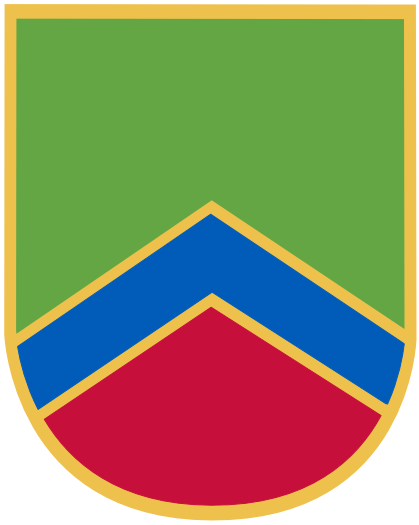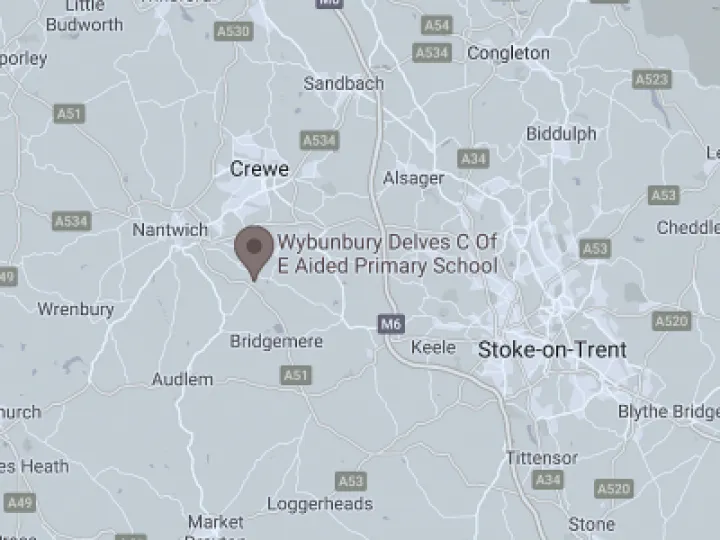Year 4 News 10.09.21
We have had a fantastic first full week in Year 4.
On Monday, we wrote our cold write. The children were simply asked to write a 'defeating the monster' story. They were given three questions to help them write their story. Who/what is the monster? How are they defeated? Who defeats them? On Tuesday, we explored how we can use adjectives to describe our monsters within our story. We first had to draw a monster using a hide and reveal game. Drawing each part gave us the opportunity to get to knowthe finer details of the monster. We then extended our written ideas using a variety of adjectives.In our English lessons on Wednesday and Thursday, we have listened to the story of Beowulf. We then created our own short story maps of the plot. The children added some great symbols to represent key parts of the story and this helped them to recall the text. At the end, we wrote a short burst write of the story. Today, we used the round robin technique to practise our retelling of the story. The children took it in turns to tell parts of the story with the rest of the table continuing with where they finished. Once we practised, we went on to do this activity as a whole class using 'popcorn'. The children loved being able to choose who was going to tell the next part of the story. We then looked further into the adjectives used within the text. We began to highlight the adjectives and explain the meaning of them.
In our spellings this week, we focused on adding prefixes to our spellings. We watched our initial video and completed the first activity which involved filling in the missing gaps. We will continue with this spelling focus next week.
Within our book club sessions this week, we read our big cat books together. It was so nice to be able to hear everyone read aloud. We have also had time to explore our new year 4 reading challenge books.
In our first Maths lesson this week, we recapped the place value unit content from Year 3. We talked about the concepts we had learnt, the mathematical representations and vocabulary we have previously come across. We worked through some mathematical problems and talked about the methods that we have used. We then moved on to look at the content we would be learning in our Year 4 place value unit. In Maths on Tuesday our focus was to look at the place valueof numbers up 1,000. We challenged our understanding when explaining the place value of different numbers using a range of visual representations. In our Maths on Wednesday and Thursday, we have been learning about rounding to the nearest 10. The children used numberlines to identify the multiple of 10s closest to their given number. The children worked well to answer the questions in their power maths books. We spent two days concentrating on this concept to ensure the children all had a secure understanding of this concept before moving on to round numbers to 100. As our plenary to Thursday's lesson, we played a game of bingo. The children were asked to write multiples of 10 on their boards and given numbers which they needed to round to the nearest 10. Finally, on Friday, we learnt about rounding to 100. The children applied their knowledge of rounding from the following couple of days. We used number lines and our knowledge of multiples of 100 to develop a secure understanding. Each day we have also been working through place value arithmetic starters.
Big Art also provided us with the opportunity to learn about Pointillismas an art technique. We painted small dots, practised our colour mixing skills, and used Pointillismto paint and embellishour Viking shields. These are looking fantastic and almost ready to go up on our display.
In our History lessons, we have created a timeline of History. We considered everything we had learnt about over the last few years. We placed important periods of time we had learnt about such as; the Romans, the Greatest Fire of London, the Dinosaurs (we even talked about the Cambrian explosion which is something we learnt about in lockdown). We then added recent historic events that we know about such as; world war 1 and world war 2, the millennium, the first moon landing and even the date we were born. Finally we added the Vikings and Anglo-Saxons to our timeline. It was important to know when these parts of History existed. Once we discussed and created our timeline as a class, the children created their own timelines in their books with drawings to represent the time periods.
In our Science lesson this week, we started our new unit with a cold task. The children were asked to answer a small amount questions based on our new topic and explain some key vocabulary. In our unit this term, we will continue to explore our sound topic.
Music this week saw us begin our new 'How Does Music Bring us Together?' We began by learning the title of our new song – Hoedown. The background music made us smile; as did warming up our faces and vocals! We were challenged to make our own faces small, then big, to touch our noses with our tongue and clean our teeth with our tongue! It did make us laugh! Next, we listened to the song and had to decide whether or not we thought it told a story. The majority of us felt the song was about dancing, but we know the more we sing a song, our views can change. We also looked at pitch, melody and texture; and what this means in music. We now know these are part of the interrelated dimensions of music.
We had a fantastic forest schools lesson on Wednesday. Mr Hadfield linked all of our learning to the Vikings. We started by exploring the artefacts that he had laid out on the floor. We discussed how the Vikings made fire, how they kept themselves warm with animal fur and what they would have used to hunt. Before we were told what items were, we were asked to make our own predictions. Following our exploration of the items, we went on a search in our forest school area. We were told about how to identify trees and plants. After being given an identification sheet, we were asked to identify three trees outside. We looked at the leaves. On a oak tree, we learnt that the leaves have lobes. We also learnt that they were compound leaves and that the wood from oak trees would be been some of the best quality to build boats. We also identified a Rowen tree as well as Yarrow which would have been used for the Vikings in medicine. Lastly, we identified a silver birch tree. Later on in our afternoon, we learnt how to build fires. We started by using a flint and steel to create a spark. We then attempted to make burn marks on a tea bag, followed by setting fire to a cotton ball. At the end, we had a fantastic time roasting marshmallows over the fire. I loved watching the children taking part in forest school, showing resilience creating their fires, working as teams to identify different plants and showing their creativity and individuality throughout our afternoon.
I have had a wonderful week in Year 4 and hope everyone else has enjoyed our week too. I cannot wait to see what we can achieve next week.
Miss Welch
Quick Links
Contact Us
office@wybunburydelves.co.uk
01270 841302
Wybunbury Delves
Bridge Street
Wybunbury
Nantwich
CW5 7NE

